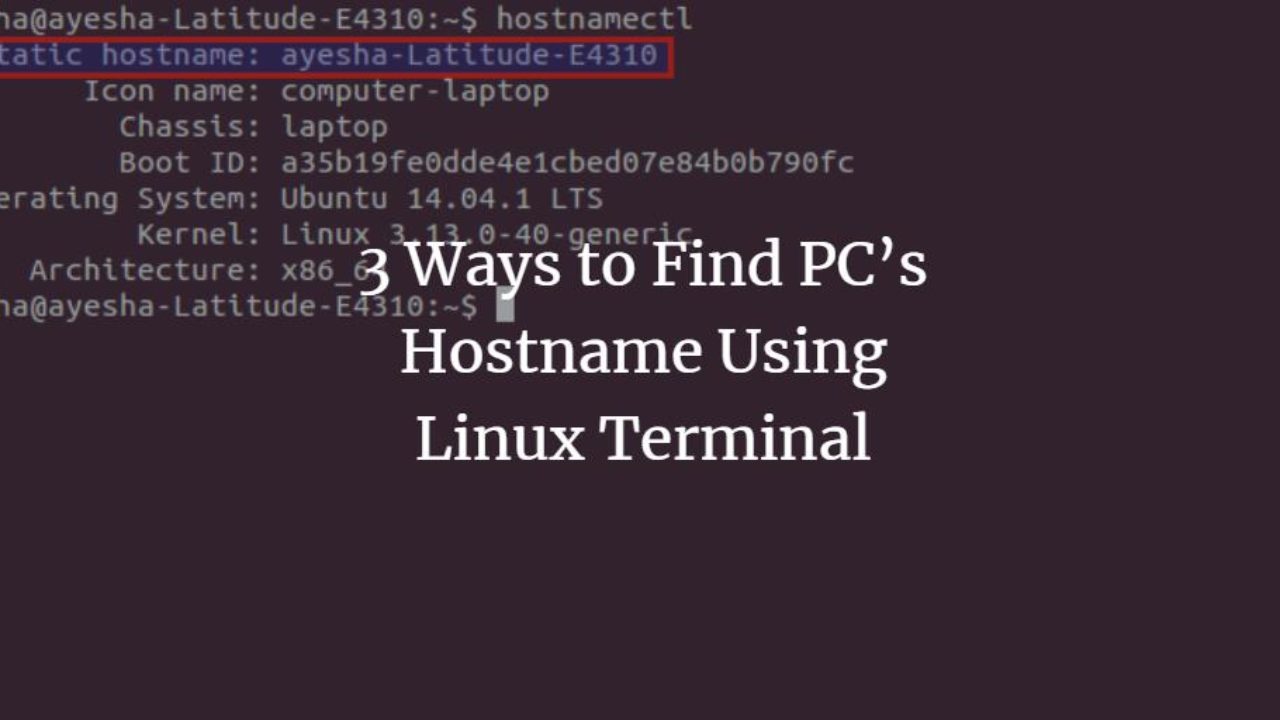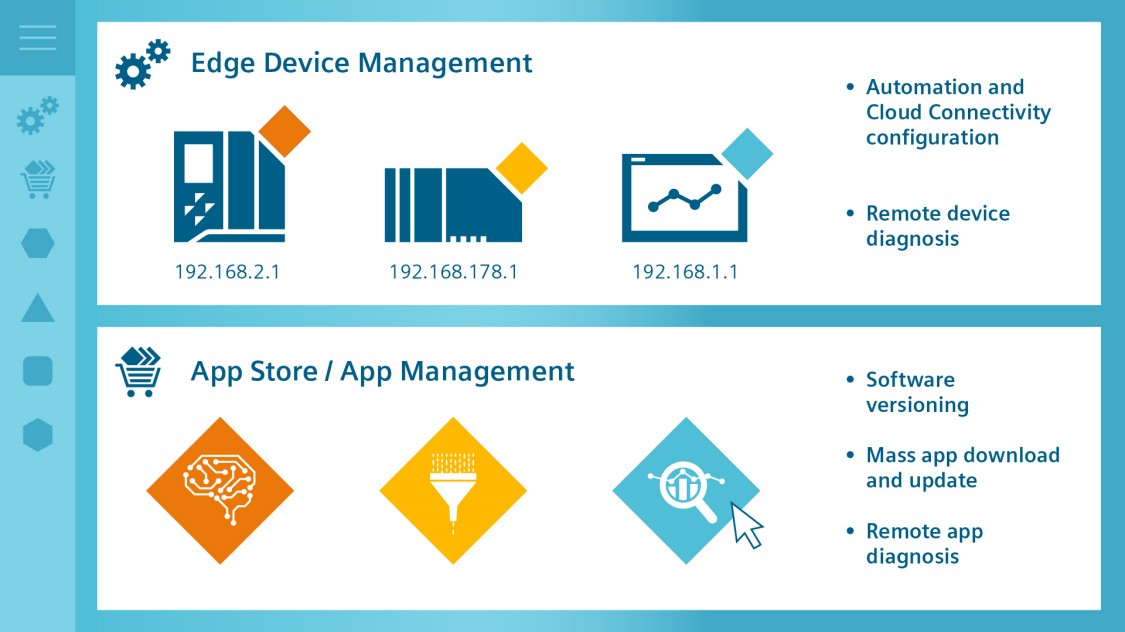
There are many factors to consider when choosing a web host, from Uptime and Security to Storage and Bandwidth. A host should have sufficient resources to support your website, no matter how complex it is. You should look for a web host with high uptime. You should also have plenty of storage, bandwidth, as well as scalability. Security features like malware detection and SSL encryption are also important.
Shared hosting is the cheapest kind of shared hosting
Shared hosting is the most basic type of hosting and the most affordable. This type of hosting allows multiple sites to share one server and the same resources. It is therefore limited in terms of bandwidth and space. This hosting option has some drawbacks. It can be less secure that other hosting options.
It is a good choice for small businesses and start-ups because it is the cheapest way to host a website. It does have some limitations. For example, the website loads slower, there is less storage and security, as well as a lackluster selection of features. Although these limitations are not significant, shared hosting is still the most cost-effective and simple way to host your website. A majority of small businesses don't have enough money to buy a dedicated server. However, this can provide greater benefits.
Dedicated hosting costs the most.
Dedicated hosting (also known as virtual server hosting or physical server hosting) allows you full control of your server. This type of hosting is more expensive than shared hosting but offers greater performance and flexibility. It usually costs $199 per months or more and offers a range of additional features. Dedicated hosting is ideal for large-scale businesses with high-end needs.

You can have complete root access to the server and network that it uses when you choose dedicated hosting. You have complete control over what happens to your server and the software that is installed. You can even build your firewall and establish custom permissions rules. This means you can protect your data the way it deserves to be protected. It takes more time and requires more technical knowledge than shared hosting.
Uptime
Uptime is an important feature to look for when choosing a web host. It indicates the time a server has been up and accessible to users. It is usually represented as a percentage. A 99.9% industry standard should be the minimum for any web host. You can use uptime to determine the reliability of a web hosting company and the software they use to power your site.
Your site's mission-critical website can make it even more important to have uptime. A million monthly visitors can mean that even a small downtime can prove to be catastrophic for your company. There are many steps you can follow to ensure your website is always up and running. First, find a reliable web hosting company that guarantees high uptime.
Security
You should ensure that security measures are checked when choosing a web hosting provider. Many web hosts offer some sort of security. However, you can always contact the host to inquire about particular features. Make sure that your web host regularly backs up and keeps its software updated to the most current version. This will prevent data loss and security vulnerabilities. You should also choose a web hosting company with an easy-to-use control panel. Hostinger uses hPanel's control panel. It is simple to use and has many features.
Web hosting security is an essential aspect. Without proper security, your site could be vulnerable to identity theft or other serious crimes.

Support
When choosing a webhost, one of the most important considerations is the level and quality of their support. While some companies offer support 24/7, others are only available from 9am to 6pm PST. Although a knowledge base can help with common issues, phone support is more beneficial for more difficult problems. Although many web hosts have reduced phone support, there are still a few premium services that offer it.
Important is the infrastructure of your web host. You must ensure that your host has the infrastructure and tools necessary to manage your website. It is also important to consider whether the host provides a plan that allows for you to add resources, without having your base plan upgraded.
FAQ
How to design your website?
Your customers will first need to understand the purpose of your website. What are they looking at when they visit your site.
What other problems could they face if they can't find the information they need on your website?
Now you need to figure out how you can solve these problems. It is also important to ensure your site looks great. It should be easy to navigate.
It is important to have a professional-looking website. Make sure that it doesn't take too long to load. If it takes too many seconds, people won’t be able stay as long. They'll move elsewhere.
If you want to create an eCommerce site, think about where all of your products are located. Do they all reside in one spot? Are they all in one place?
You must decide whether to sell one product only or many products simultaneously. Do you prefer to sell one type of product, or several types?
You can start building your site when you've decided on these questions.
Now, it's time to take care of the technical aspects. How will your site operate? Is it fast enough? Can people get to it quickly from their computers?
Are people able to purchase something without paying extra? Are they required to register before they can buy anything?
These are vital questions you need to ask. These questions will help you to make the right decisions and move forward.
Can I make my website using HTML and CSS?
Yes! If you've read this far, you should now know how to create a website.
Now that you know how to create the structure of a website, you'll also need to learn some HTML and CSS coding.
HTML stands for HyperText Markup Language. It is similar to writing a recipe. It would include ingredients, instructions, as well as directions. HTML allows you to indicate to a computer which portions of text are bold, italicized and underlined. It also lets you know which part of the document is linked. It's the language of documents.
CSS stands for Cascading Style Sheets. This is a stylesheet for recipes. Instead of listing each ingredient and instructing, you can write down general guidelines for font sizes, colors and spacing.
HTML tells your browser how to create a web page. CSS tells you how.
If you don't understand either of those terms, don't fret. Follow these tutorials, and you'll soon have beautiful websites.
WordPress is a CMS?
The answer is yes. It's called a Content Management System. CMS is a way to manage your website content without having to use an application such Dreamweaver/Frontpage.
WordPress is completely free! Hosting, which is usually provided by your ISP, is free.
WordPress was initially intended to be used as a blog platform. Now, WordPress offers many different options: eCommerce sites, forums. Membership websites. Portfolios.
WordPress is easy and quick to install. Download the file from their website, and then upload it to your server. You can then visit your domain name using your web browser to log in to your new website.
After installing WordPress, it's necessary to register for a username. Once you've logged in, you'll see a dashboard where you can access all of your settings.
From here, you can add pages, posts, images, links, menus, widgets, and plugins. This step may be skipped if you feel confident editing and creating content.
You can also hire a professional web design firm to help you with the whole process.
Do I need a portfolio to get hired as a web designer?
Yes. It is important to have a portfolio when applying for web design or development jobs. Your portfolio should include examples of your skills.
Portfolios typically include examples of past projects. These could be any project that showcases your talents. Your portfolio should include everything: wireframes and mockups as well as logos, brochures, websites, apps, and even logos.
What platform is the best to design a site?
WordPress is the best platform available for building a website. It has all the features required to create a professional-looking website.
Themes are easy to install and customize. There are many themes to choose from online.
Plugins are another way to add functionality. They can do everything, from adding social buttons to creating contact pages to adding forms.
WordPress is easy to use. You don't even need to know HTML code in order to modify your theme files. Simply click on an icon, and then select what you want.
Although there are many platforms out there, I prefer WordPress. It's been around since the beginning and is still being used by millions of people worldwide.
Statistics
- In fact, according to Color Matters, a signature color can boost brand recognition by 80%. There's a lot of psychology behind people's perception of color, so it's important to understand how it's used with your industry. (websitebuilderexpert.com)
- The average website user will read about 20% of the text on any given page, so it's crucial to entice them with an appropriate vibe. (websitebuilderexpert.com)
- When choosing your website color scheme, a general rule is to limit yourself to three shades: one primary color (60% of the mix), one secondary color (30%), and one accent color (10%). (wix.com)
- At this point, it's important to note that just because a web trend is current, it doesn't mean it's necessarily right for you.48% of people cite design as the most important factor of a website, (websitebuilderexpert.com)
- Studies show that 77% of satisfied customers will recommend your business or service to a friend after having a positive experience. (wix.com)
External Links
How To
How can I choose the right CMS for me?
Two types of Content Management System are available. Web Designers typically use static HTML and dynamic CMS. WordPress is the most popular CMS. Joomla is the best CMS for professional looking websites. Joomla is an open-source CMS which allows you create any design website without needing to know any coding. It's simple to install and configure. Joomla is available in thousands of pre-made extensions and templates so that you don't have the need to hire someone to develop your site. Joomla is also free to download and install. Joomla is a good choice for your project.
Joomla is a powerful tool that makes it easy to manage all aspects of your website. It provides features such as a drag & drop editor, multiple template support, image manager, blog management, a news feed, eCommerce, etc. Joomla is an excellent choice for anyone looking to build a website without learning how to code.
Joomla works on almost all devices. Joomla makes it easy to create websites for different platforms.
There are many good reasons to prefer Joomla over WordPress. There are many reasons people prefer Joomla over WordPress.
-
Joomla is Open Source Software
-
Easy to Install and Configure
-
Many thousands of pre-made templates and extensions
-
You can download and use the software free of charge
-
All Devices are supported
-
Powerful Features
-
Good Support Community
-
Very Secure
-
Flexible
-
Highly customizable
-
Multi-Lingual
-
SEO friendly
-
Responsive
-
Social Media Integration
-
Mobile Optimized